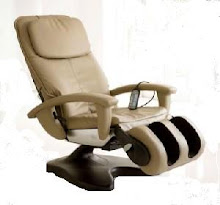Swimming has a zero impact effect on the body, so joints, ligaments and tendons do not suffer. Furthermore, it gives a real all-body workout that means that almost any swimming stroke will exercise and tone every muscle from those of the fingers and toes to the large abdominals.
The constant pressure of the water also ensures that resistance is constant, but equally that swimming need not be overly strained or tiring. How hard you swim and how long you choose to swim for will determine the level of your workout. Even swimming for pleasure and simply moving around in water works the muscles.
All told this makes swimming an exercise that is sympathetic with orthopedics and good for all round health. It is also a readily available way to get exercise as swimming pools are located in towns and cities in almost every country of the western world.
Swimming options include municipal pools, pools at Spa complexes and swimming in open water. The latter can include the sea, or even lakes and rivers. However, all open water can be dangerous and should only attract the strong swimmer who is aware of their limitations as well as being conscious of the water conditions, e.g. temperature, depth etc.
Swimming regularly is the best way to build up good strength and stamina and to work the joints and keep them mobile and free. For some, one option is to have their own private swimming pool. These pools need not be as expensive as one might at first think and they can often be situated outdoors and use heaters and filtration systems to keep the water temperature comfortable and the pool water clean and hygienic.
Having your own pool makes swimming at any time a possibility and by using a pool enclosure it is possible and practical to swim at any time of year in comfort and relative warmth.
The basic kit needed for pool ownership requires the pool structure (this “may” require excavation) plus a number of ancillary items. These items include a proper filtration system which in turn necessitates a pump to feed water through it and this can also be used to circulate heated up water that is warmed by a pool heater.
The pool will additionally require a special lining which can be tiles or a vinyl liner and then there are cleaning aids which come in the form of devices and chemicals.
Once set up most pools are fairly easy to maintain, however in the case of outside pools it is important to keep heat in and debris out and this will usually necessitate the use of a solar pool cover. This covers up and protects the pool and pool water. With an internal pool the protection element is not as important.
